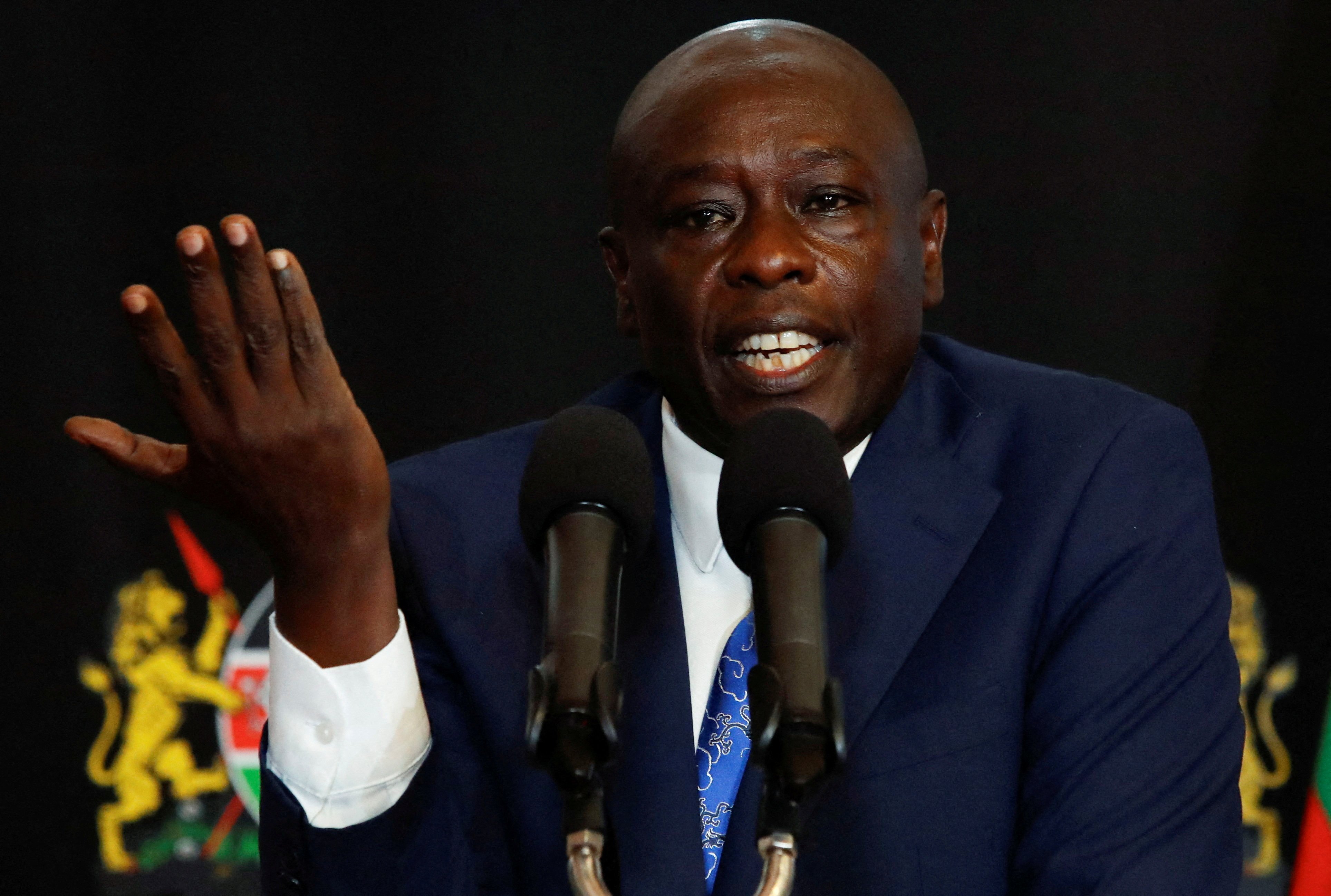Prime
Connect with wildlife, nature in Lake Mburo lushness

What you need to know:
- Scenic. You cannot miss Kigambira Safari Lodge that sits by Lake Kigambira in Lake Mburo National Park. It is a magnificent place to write home about which promises , writes Edgar R. Batte.
The zebras of Lake Mburo National Park in Mbarara are so showy that you do not have to look far and in to see them.
They sometimes simply wait for tourists in the middle of the road but at the sight of approaching cars, they run into the largely semi-bushy savannah plains, stop by the acacia trees and look your way as if to ask for a photo moment.
On your lucky day, you will chance on some nursing their young ones. That is how wildly cosy Lake Mburo National Park can get, the closest park to Mbarara City on Uganda’s western tourist circuit.
While you admire the zebras, be sure not to miss another group of showy guys, the warthogs who feed while kneeling and scamper about with their long faces and small tails.
They seem to enjoy human company because as you sip on midmorning tea, they graze outside the tent at Kigambira Safari Lodge by the Lake Kigambira, the second biggest lake and one of five lakes in the national park.
Memorable
The other lakes are Kabikwa, Kazuma and Bwara. Warthogs or pumba they were christened in the Lion King film, gel with the baboons who, on a sultry Tuesday afternoon took time off to quench their thirst at the swimming pool.
Showing off must be a general trait in Mburo because the gait with which the baboons also walk about, is something of self-importance, almost bossy as they look about for onlookers.
At night, the hippos also snort away, almost vibrating through the peaceful night that is complemented by the silence that only croaking frogs make bearably beautiful.
Sunrise
At daybreak, the chirping birds breathe life into the morning. The trees at the lodge enable a photographer to capture a number of birds as they perch on trees. Weaverbirds have built a nest estate on one of the trees between the reception and the restaurant. As they go about their daily interaction, they voluntarily bear out for interested birders who find fulfilment in taking their photographs or even videos.
When you opt to read a book and enjoy a hot beverage, you take in the beauty over the horizon of Kigambira. Undulating hills embellish the colourful skyline early morning and when the sun sets.
During our stay, we enjoy the sights of the black and white colobus monkeys which feed on shoots of palm trees that line Kigambira’s shorelines. They occasionally look into the distance as if to admire the beautiful scenery.
Other activities
You can climb Kigarama Hill from which you will have a panoramic view of Lake Mburo. And as guests at Kigambira, we get a taste of Ugandan culinary offering while the foreign guests get treated too. Intercontinental gastronomic varieties in food and an array of drinks.
If you have a knack for fishing, horse riding, nature walks and more, be sure to make a booking through your tour and travel company or Uganda Wildlife Authority (UWA) which manages the national park.
Lake Mburo is one park I would gladly return to, anytime, any day and season. It lies between the towns of Masaka and Mbarara, 228 kilometres and about four hours from Kampala.
You can access from Kibale National Park via Ibanda and Rushere and from Queen Elizabeth National Park via Ishaka and Mbarara. Three gates enter the park, namely Kyanyanshara Gate, 14 kilometres west of Lyantonde, nine kilometres leading to Nshara Gate and 13 kilometres’ dirt road to Sanga Gate from the trading centre.
Sights
Lake Mburo is home to some 70 species of mammals, including Uganda’s biggest number of zebras, 28 giraffes, elands, a lion, buffaloes, hippos, leopards, monkeys, warthogs, 450 bird species and 400 plant species.
The wildlife can be seen on day and the recently promoted night game drives. You can explore the eastern shores of Lake Mburo by boat, departing the lakeside campsite near Rwonyo Rest Camp.
While cruising, you are sure to see hippos, crocodiles, pelicans, finfoot, shoebill herons and fish eagles. You can go on the ‘Salt Lick Walk’ where wildlife can be viewed from a timber observation platform.





